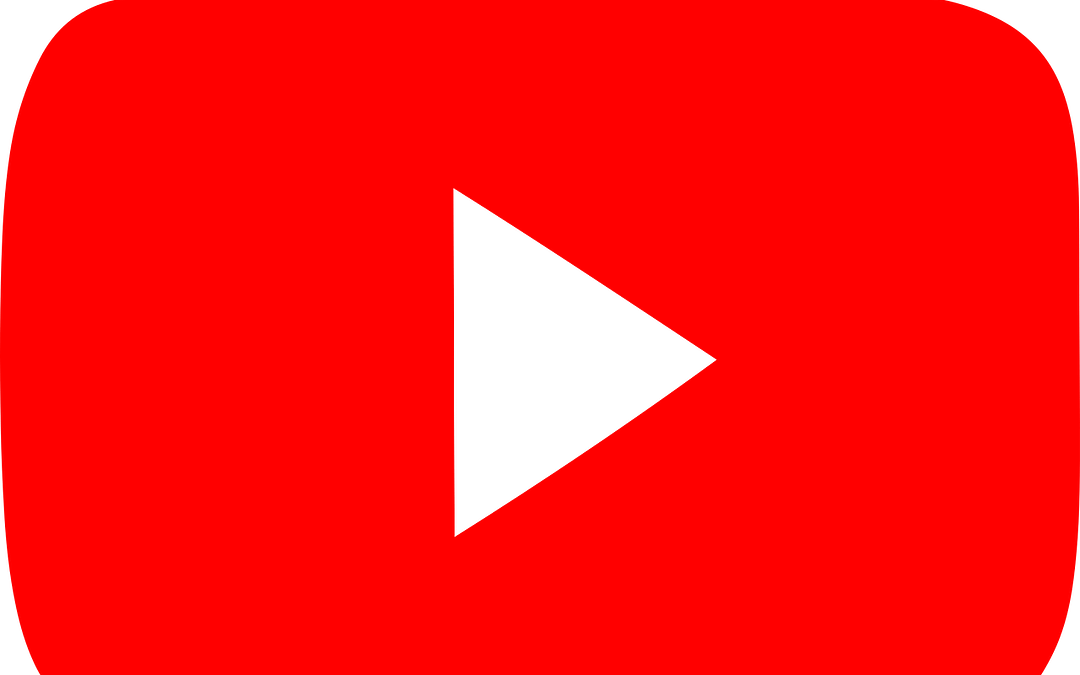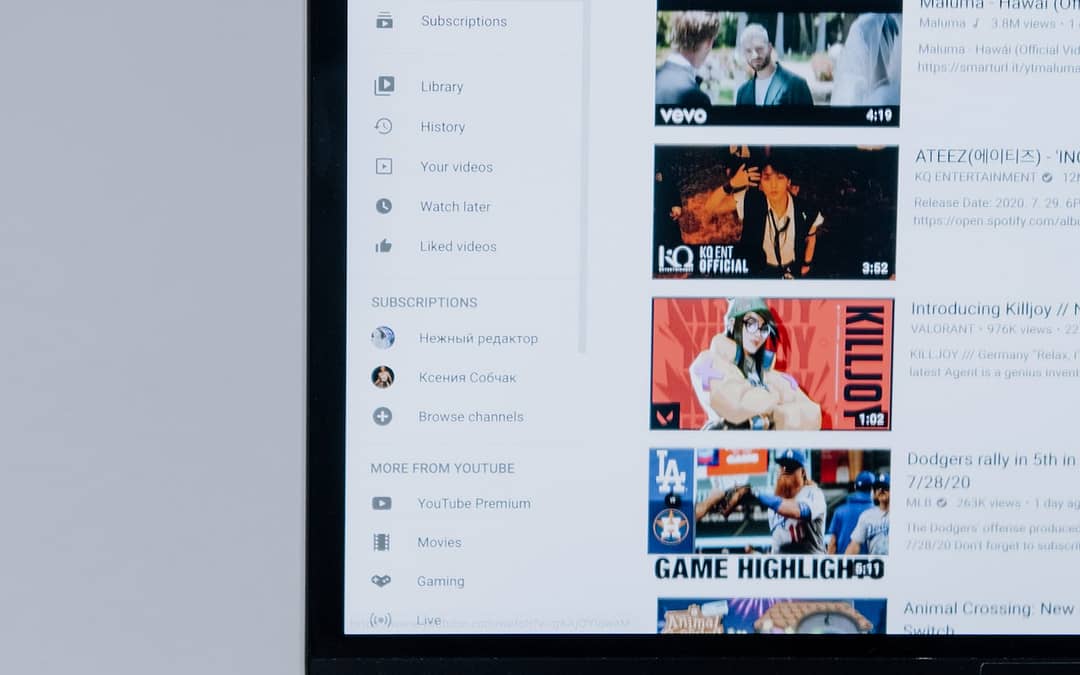
YouTube SEO: How to Rank Your Videos
YouTube has become a dominant platform for video content, making it essential for content creators to optimize their videos for maximum visibility and reach. YouTube SEO (Search Engine Optimization) plays a crucial role in helping your videos rank higher in search results, gain more views, and attract a wider audience. In this article, we will guide you through the step-by-step process of optimizing your YouTube videos from start to finish, ensuring that your content gets the recognition it deserves.
How to Rank YouTube Videos From Start to Finish: YouTube SEO
Keyword Research: The first step in YouTube SEO is conducting thorough keyword research. This involves identifying the keywords and phrases that users are likely to search for when looking for content similar to yours. Utilize keyword research tools like Google Keyword Planner, VidIQ, or TubeBuddy to identify relevant keywords with high search volumes and low competition. Targeting long-tail keywords can also be effective, as they are more specific and have less competition.
Compelling Video Titles and Descriptions: Crafting compelling titles and descriptions is crucial for attracting viewers and search engine algorithms. Incorporate your primary keyword naturally into the title, keeping it concise and engaging. In the description, provide a detailed summary of the video’s content while including relevant keywords and links to your website or social media profiles. Use the description to encourage viewers to engage with your content, including calls-to-action and timestamps for different sections of the video.
Eye-Catching Thumbnails: Thumbnails are the first visual impression viewers have of your video. Create eye-catching and relevant thumbnails that accurately represent the content and capture viewers’ attention. Use high-quality images, vibrant colors, and text overlays to make your thumbnails stand out in search results and recommended video sections.
Video Optimization: Optimizing your videos directly impacts their discoverability and ranking. Start by providing accurate and relevant tags, including variations of your primary keyword. Tags help YouTube understand the content and context of your video. Include closed captions or subtitles in your videos, as they improve accessibility and can be indexed by search engines. Additionally, optimize your video file name by using descriptive keywords before uploading.
Engagement and Promotion: Engagement is a significant factor in YouTube SEO. Encourage viewers to like, comment, and subscribe to your channel, as these metrics demonstrate user engagement and satisfaction. Engage with your audience by responding to comments and fostering a sense of community. Promote your videos on other social media platforms, embed them on your website, and collaborate with other YouTubers or influencers to expand your reach and gain more exposure.
Analytics and Iteration: Regularly analyze your YouTube analytics to gain insights into viewer behavior, retention rates, and traffic sources. This data will help you understand what is working and what needs improvement. Experiment with different video lengths, formats, and topics to identify what resonates most with your audience. Continuously refine your SEO strategy based on these insights to improve your video rankings over time.
Conclusion:
Mastering YouTube SEO is a crucial aspect of growing your channel and reaching a wider audience. By conducting comprehensive keyword research, crafting compelling titles and descriptions, optimizing your videos, encouraging engagement, and analyzing your analytics, you can effectively rank your videos from start to finish. Remember that success on YouTube takes time and consistent effort, so be patient and persistent in your optimization strategies. With dedication and the right SEO techniques, your videos can reach their full potential and attract the attention they deserve.



